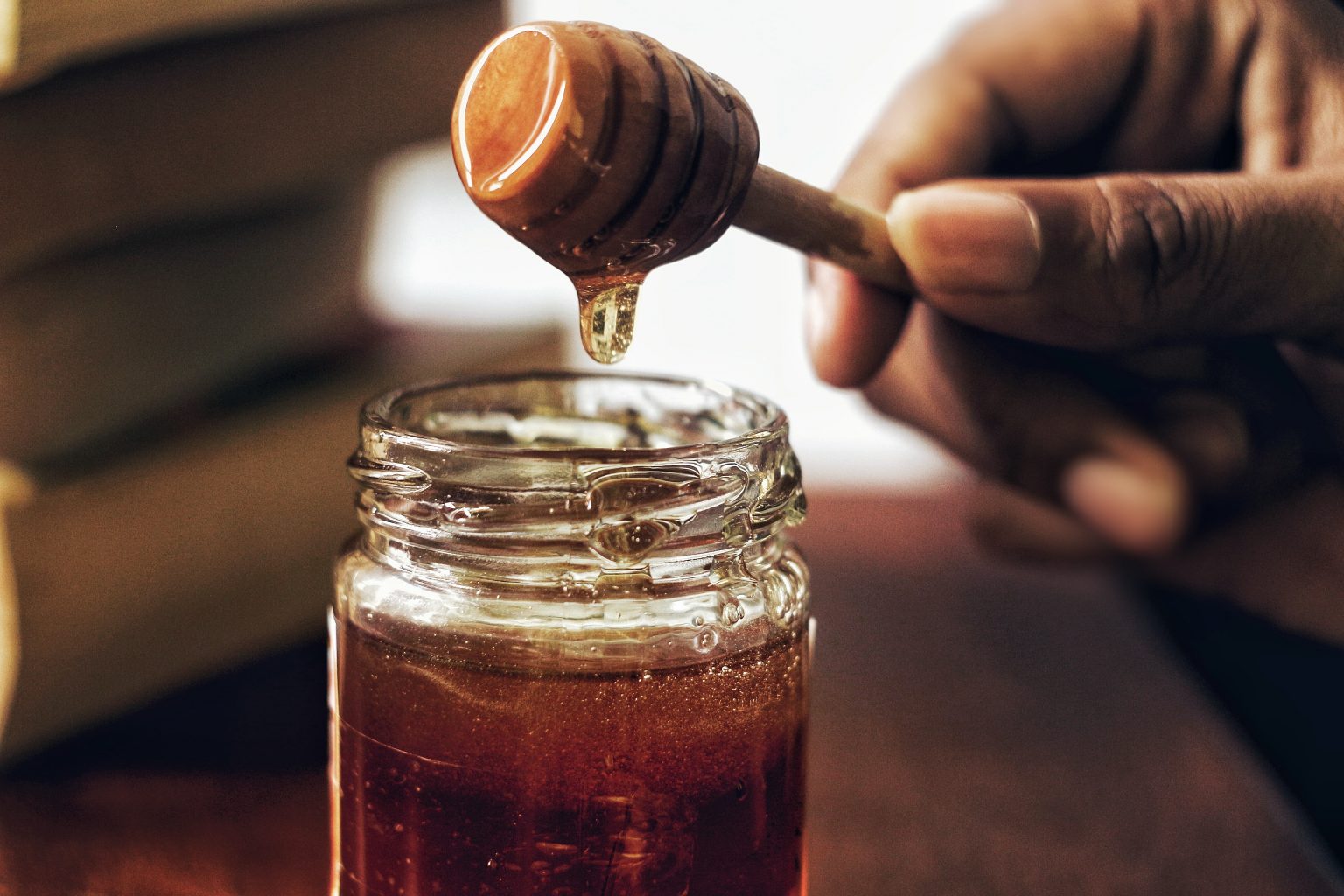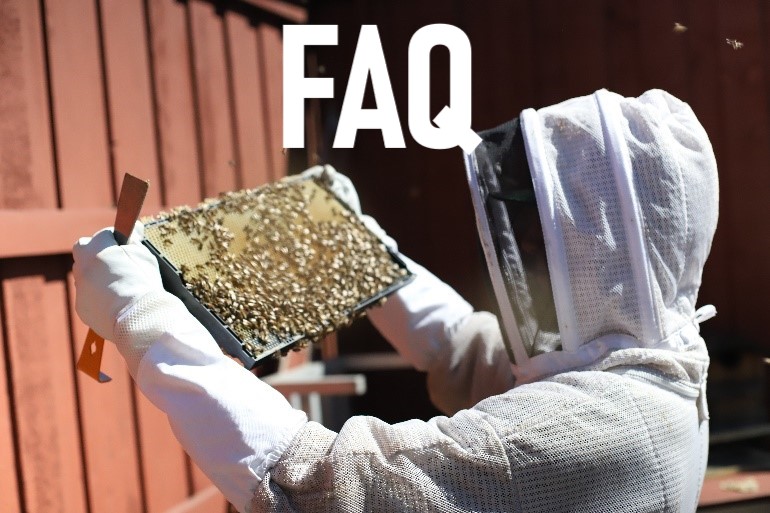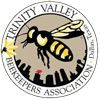
We love the opportunities to harvest excess honey from beehives we host in our apiary! And, in the spirit of Thanksgiving (the season of food and flavor), we're going to talk about honey harvesting.
Our Process
When it comes to the actual honey harvest, the process is relatively simple and can be done in any kitchen. You just have to remove the honeycomb first. Below, we will talk of the process in chronological order, starting with getting the honeycomb itself.
Oh, and if you were to be following these steps, we would assume you have the proper beekeeping equipment if you have a hive to harvest from. This is mostly written for the curiosity of others who want to know how it's done.
- First, we analyze a hive and determine if it's harvestable. And by harvestable, I mean if the hive has excess. The bees keep most of their frames to continue growing their colony.
- If we acknowledge excess to harvest, then we extract the comb from the hive with a hive tool (kind of like a crowbar with a sharp edge) and place the comb into a bucket.
- Then, we bring the bucket inside.
- And prepare fine mesh bags.
- There's no end-all, be-all method for extracting honey from the comb. Fine mesh bags (intended for paint) works wonders, and those can be bought from your local hardware store.
- Simply, place a large bowl under where honey will be harvested.
- Honeycomb is put inside the mesh bag and squeezed.
- This will be very sticky. And requires a surprising amount of grip strength.
- Then, we pour the lot into storage containers.
- Local honey, voila!
The process isn't all that complicated, especially when we do small-scale harvesting. Honey harvesting is not our focus, as we focus on cultivating bees as an apiculture—raising honeybees and selling colonies to other beekeepers.
Is Harvesting Honey Healthy for the Bees?
Simply, yes. As long as you leave enough comb/frames for them to continue growth. You can take away too much, which will stunt their growth. But, a hive produces honey in pounds aplenty--easily able to fill several beehives--in a season. The loss of a few frames doesn't phase them. In fact, harvesting honey is healthy for them in the sense that it gives them work, which prevents swarming. If you don't harvest a hive, then the untouched colony will surely swarm twice in a season. Which is great for fostering genetic diversity in nature, but swarms are less appreciated in urban areas. Hence why we do bee removals in Dallas and all over the United States.










